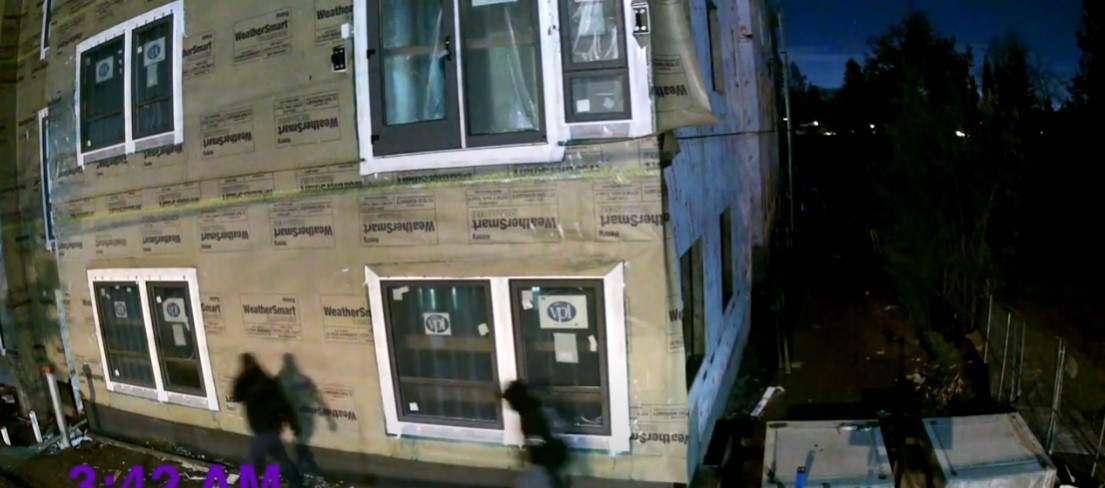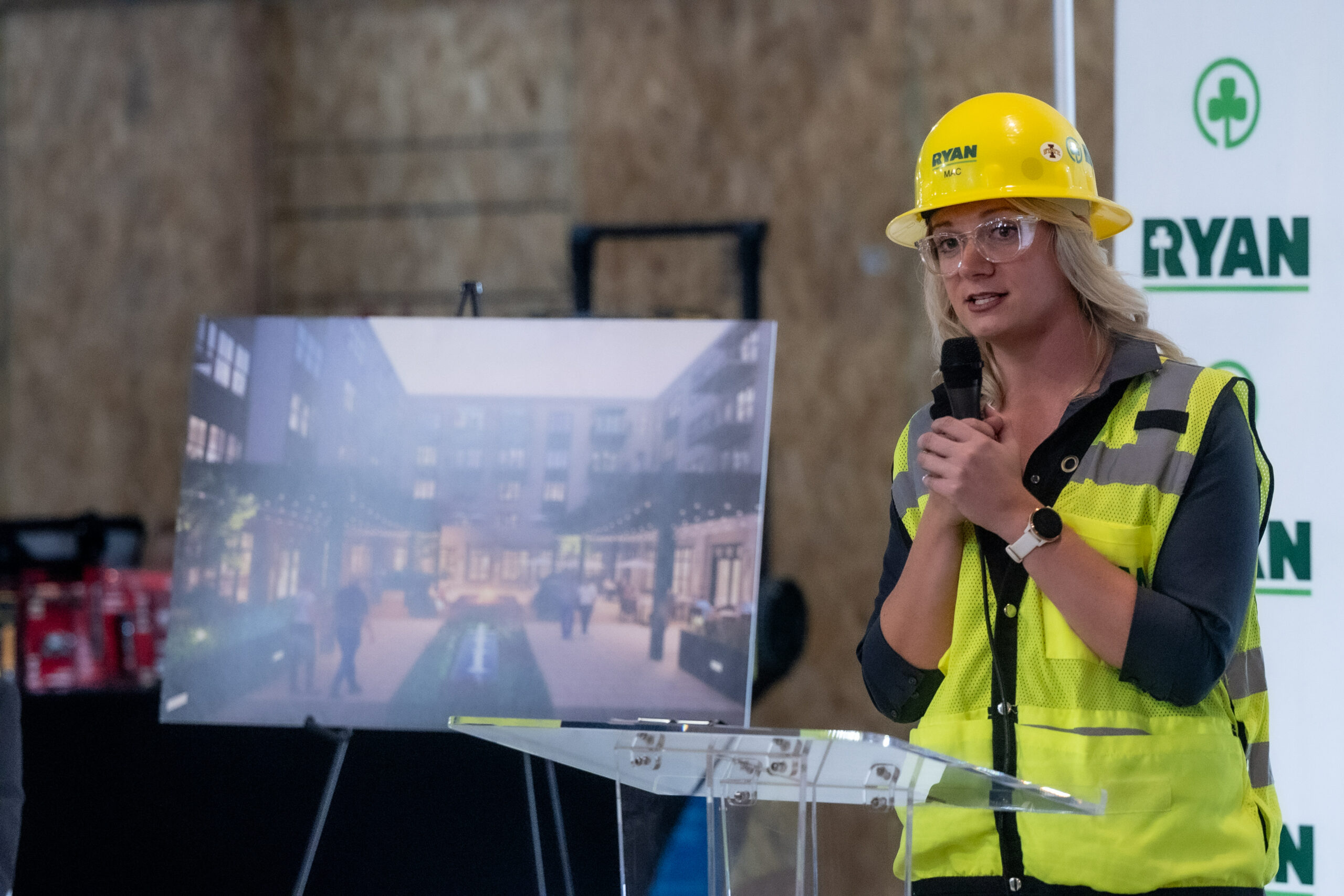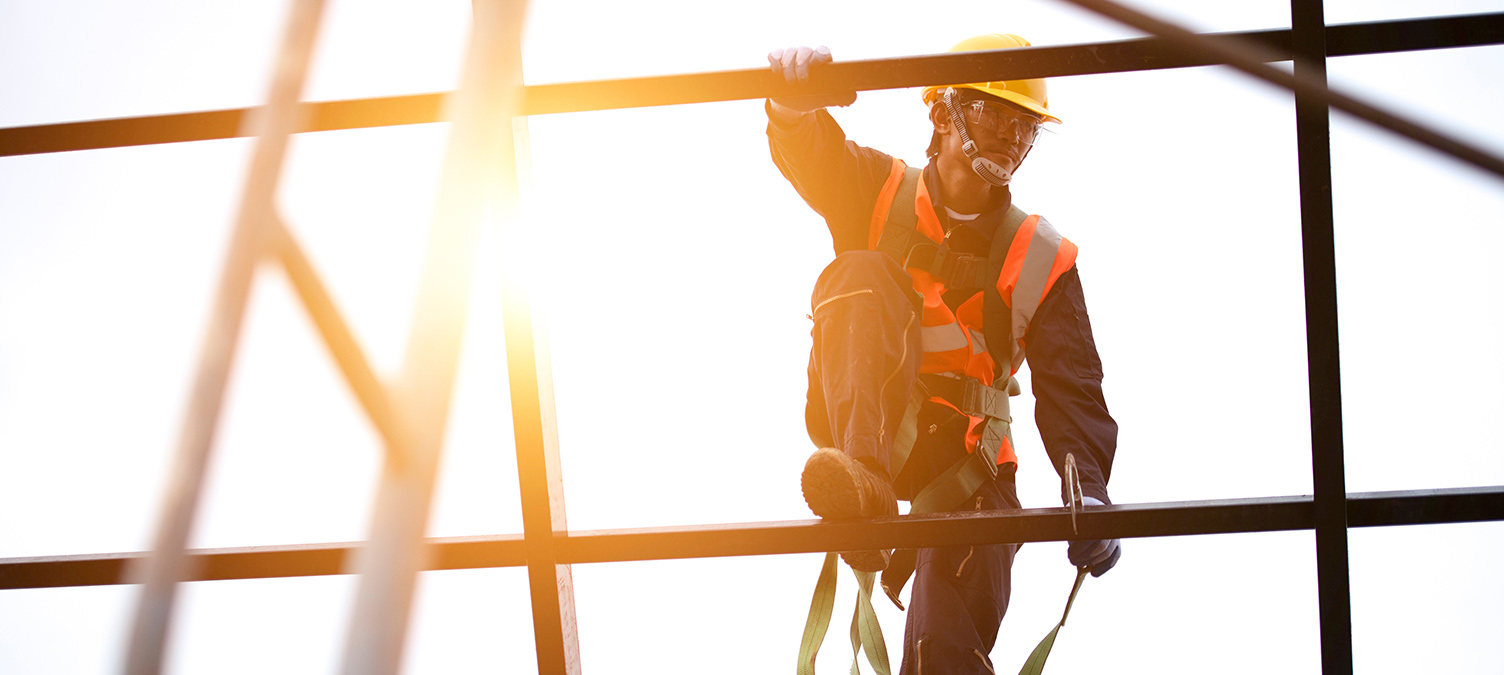Like most physical labor industries, construction during the pandemic required adjustments to behaviors and processes that are still being felt almost two years later. Aside from a global slowdown of the demand for new construction, the industry had to deal with a myriad of issues that were virtually unknown prior to the start of the pandemic. Let’s take a brief look at how the industry changed for the better, including safe construction practices during this global catastrophe.
The Bad: The Impact
COVID-19 changed the entirety of the economic landscape it 2020. While most businesses were forced to close early in 2020, construction as well as several other industries were deemed essential and were not forced to stop operations. That does not mean that business went on as usual, however. By April 2020, the construction industry saw 40% of commercial and institutional projects delayed or cancelled due to issues related to the pandemic. Even when projects resumed by mid 2020, supply chain issues continued to plague the industry throughout the rest of the year. In a year where everything changed across the world, the construction industry in 2020 saw substantial changes including:
- As much as 75% of civil and commercial contracting offices adjusted their work environments to allow for remote work or in person social distancing.
- Engineering and Contracting professionals adopted innovative technology including building-information modeling (BIM) to increase safety.
- Supply shortages forced construction firms to stockpile their building material inventories as well as work with new suppliers to address lead times and availability.
The Good: New Technologies Adopted
However dire the news impacting construction in 2020, recent technologies such as remote cameras, drones, environmental monitoring, augmented and virtual reality, and 3D/4D simulation were adopted by the construction industry and leveraged to significant effect. An industry long accused of slow adoption of proven technologies had suddenly, jumped into the future with both feet.
The industry took the opportunity the slowdown created to invest in technology that increased safety, streamlined processes, and positively affected efficiency in ways the industry had not seen before. Here are a few of the positive changes that the construction industry has realized since the pandemic:
- Leveraging technology paid off. Adopting technologies that increased productivity and efficiency and reduced waste has saw a measurable increase in profits.
- Focusing on design and planning phases reduced wasted materials and man-hours required to build significantly.
- Introduction of mobile technology increased communication between offsite administrators and onsite crews, reducing delays.
- Remote technologies made inspections, education, training, and day-to-day operations safer for everyone.
The Bottom Line
While we are not out of the woods just yet, construction 2020 taught construction 2021 a great deal about how business CAN be run efficiently and safely using technology. As much as 42% of respondents to a poll conducted recently believe they will permanently adopt many of the measures used during the pandemic going forward. To find out how SiteKick is helping build a better future for the industry and our clients, contact us for a demonstration that can help your bottom line grow no matter what nature throws our way.







